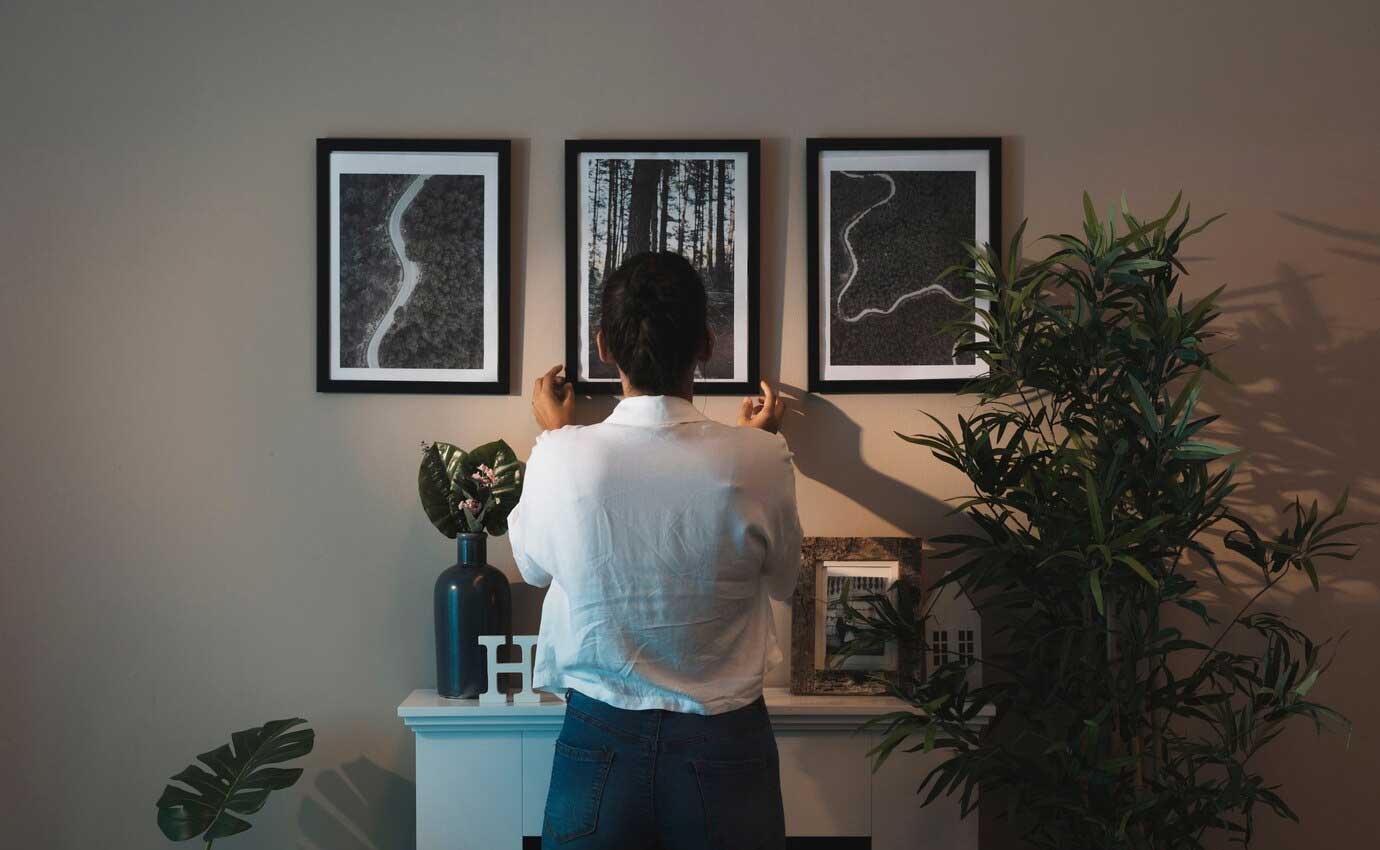
Introduction
The world of art collecting is a captivating journey of discovery, passion, and investment. It’s a realm where personal expression meets cultural appreciation, where the beauty of artistic creation transcends time and trends.
Whether you’re a seasoned collector or a novice enthusiast, building a stunning and valuable art collection requires knowledge, strategy, and a genuine love for art.
In this comprehensive guide, we delve into the intricacies of art collecting, providing valuable insights and practical tips to help you navigate the art market and curate a collection that reflects your unique taste and aspirations.
From understanding different art forms and genres to identifying emerging artists and making informed investment decisions, we’ll equip you with the tools and knowledge you need to embark on a rewarding collecting journey.
Understanding the Art Market
The art market is a dynamic and complex ecosystem, encompassing galleries, auction houses, art fairs, and online platforms.
It’s essential to understand the various players and their roles in the market to make informed decisions and navigate the complexities of buying and selling art.
– Galleries: Galleries serve as primary dealers of art, representing established and emerging artists. They curate exhibitions, promote artists’ work, and provide expertise and guidance to collectors.
– Auction Houses: Auction houses conduct public sales of art, offering a platform for collectors to acquire both established and rare pieces. Auctions can be a competitive environment, but they also present opportunities to find unique and valuable works.
– Art Fairs: Art fairs bring together galleries, artists, and collectors from around the world, providing a vibrant platform for discovering new talent and exploring diverse artistic styles.
– Online Platforms: Online platforms have become increasingly popular for buying and selling art, offering a convenient and accessible way for collectors to browse and acquire artworks.
Types of Art
The world of art encompasses a vast array of genres, styles, and mediums. From traditional paintings and sculptures to contemporary installations and digital art, there’s a diverse range of artistic expressions to explore.
– Painting: Painting is one of the oldest and most revered art forms, encompassing various styles such as realism, impressionism, abstract expressionism, and contemporary art.
– Sculpture: Sculpture involves the creation of three-dimensional art forms, using materials such as bronze, marble, wood, and mixed media.
– Photography: Photography has emerged as a significant art form, capturing moments in time and offering unique perspectives on the world.
– Prints: Prints are reproductions of original artworks, created using various techniques such as etching, lithography, and screen printing.
– Digital Art: Digital art encompasses a wide range of artistic creations using digital technologies, including computer-generated art, video art, and interactive installations.
Building Your Collection
Building an art collection is a personal journey that reflects your taste, interests, and investment goals.
Here are some key steps to consider:
– Define Your Goals: Determine your motivations for collecting art. Are you seeking aesthetic pleasure, investment potential, or a combination of both?
– Research and Education: Immerse yourself in the world of art. Visit galleries, museums, and art fairs to gain exposure to different artists, styles, and movements. Read art books and magazines to deepen your knowledge and understanding.
– Develop Your Taste: Explore different genres and styles to discover what resonates with you. Don’t be afraid to experiment and step outside your comfort zone.
– Identify Emerging Artists: Research and follow emerging artists who show promise and potential. Attending art school exhibitions and visiting artist studios can provide valuable insights into the next generation of talent.
– Seek Expert Advice: Consult with art advisors, curators, and gallery owners for guidance and recommendations. Their expertise can help you navigate the art market and make informed decisions.
– Start Small and Build Gradually: Begin with affordable pieces that you connect with and gradually add to your collection as your knowledge and resources grow.
Investing in Art
Art can be a valuable investment, but it’s essential to approach it with a long-term perspective and a thorough understanding of the market.
– Research the Artist and Artwork: Before investing in a piece, research the artist’s background, reputation, and previous sales history. Examine the artwork’s authenticity, condition, and provenance.
– Consider the Market Trends: Stay informed about current trends and developments in the art market. Identify artists and genres that are gaining recognition and value.
– Diversify Your Collection: Spread your investments across different artists, styles, and mediums to mitigate risk and enhance the overall value of your collection.
– Seek Professional Valuation: Consider having your collection professionally valued to determine its current market worth.
Enjoy the Journey
Art collecting should be an enjoyable and enriching experience. Surround yourself with pieces that inspire you, evoke emotions, and spark conversations.
Share your passion for art with others and create a legacy that transcends generations.
FAQs
How much does it cost to start an art collection?
The cost of starting an art collection varies depending on the type of art, the artist’s reputation, and the overall quality of the pieces.
You can find affordable artworks by emerging artists or invest in established masters, depending on your budget and goals.
Where can I find art to collect?
Galleries, auction houses, art fairs, and online platforms offer a wide range of art to collect.
You can also visit artist studios, attend art events, and network with other collectors to discover new talent and unique pieces.
How do I authenticate a piece of art?
To authenticate a piece of art, consult with experts such as art historians, appraisers, and gallery owners.
They can examine the artwork’s provenance, style, and materials to determine its authenticity.
How do I care for my art collection?
Proper care and preservation are essential for maintaining the value and longevity of your art collection.
Store artworks in a climate-controlled environment, away from direct sunlight and extreme temperatures.
Handle artworks with care and use archival-quality materials for framing and display.
Embark on your art-collecting journey today and discover the transformative power of art.
Explore the diverse offerings at Blistr Limited, where you’ll find a curated selection of fine art, unique merchandise, and custom mural services.
Our team of experts is here to guide you every step of the way, helping you build a stunning and valuable art collection that reflects your unique taste and aspirations.
Contact us today to schedule an appointment and let us help you unleash your passion for art.
